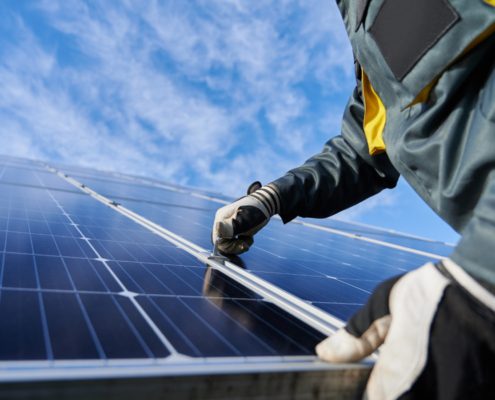Piadeno, one of Every1's market enablers, explains how balancing energy helps keep the power grid stable in real time, even as renewable generation fluctuates.

What does balancing energy mean?
In order to keep the power grid stable, exactly as much electricity must be generated as is consumed at any given time. The grid frequency of 50Hz is the key reference value. Even minimal deviations—around ±0.2Hz— can trigger protection systems, disconnect power plants from the grid, and in the extreme case lead to a blackout.
Why do we need balancing energy?
Generation and consumption in the power grid fluctuate continuously—for example due to clouds over PV systems, wind peaks, or power-plant outages—and push the grid out of balance. To keep the grid frequency stable, grid operators rely on balancing energy. It is activated within seconds to minutes and specifically offsets these imbalances.
How does balancing energy work?
1. Primary reserve: Responds within seconds —first aid when the frequency deviates.
2.Secondary reserve: Stabilises the frequency and the control-area balance within a few minutes.
3. Tertiary reserve: Takes over persistent imbalances after roughly 15 minutes.
An Overview of the Stages:

What does this mean for the energy transition?
More wind and PV electricity mean greater fluctuations. At the same time, the number of conventional power plants that have so far stabilised the grid is falling. Without flexible balancing energy, the risk of grid instability increases. A climate-neutral, secure power system therefore needs scalable, intelligent balancing solutions.
As the energy system becomes more decentralised and digital, scalable balancing mechanisms are essential. This supports Every1's mission to empower local citizens and market actors with the digital tools and knowledge they need to actively participate in the energy transition.
Learn more about Piadeno and Every1's Market Enablers network: https://every1.energy/network/market-enablers
Picture credit: Piadeno